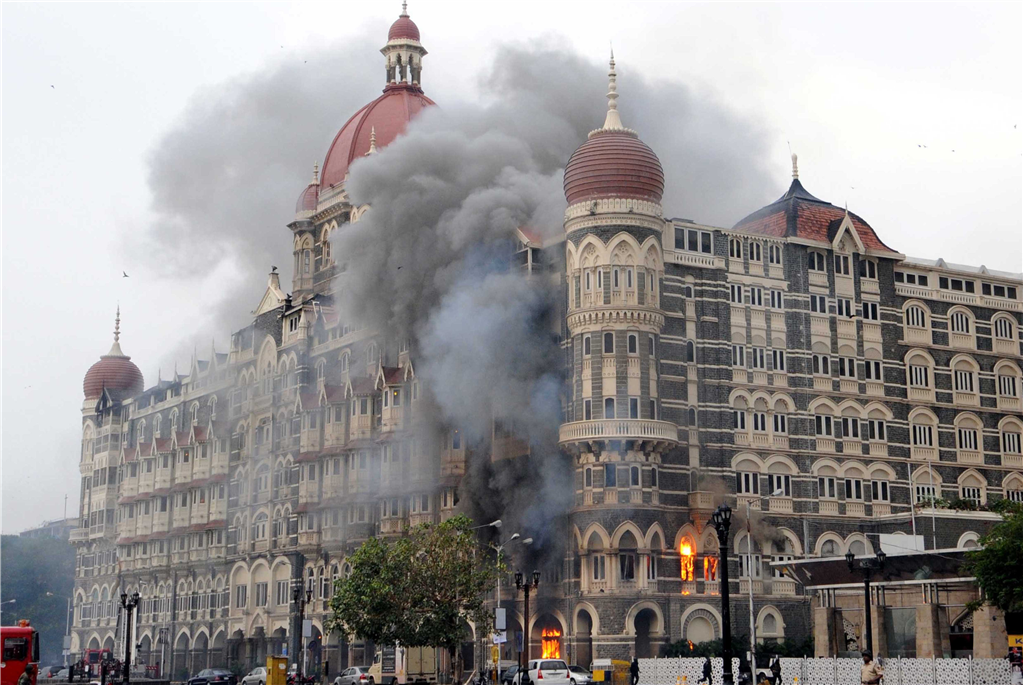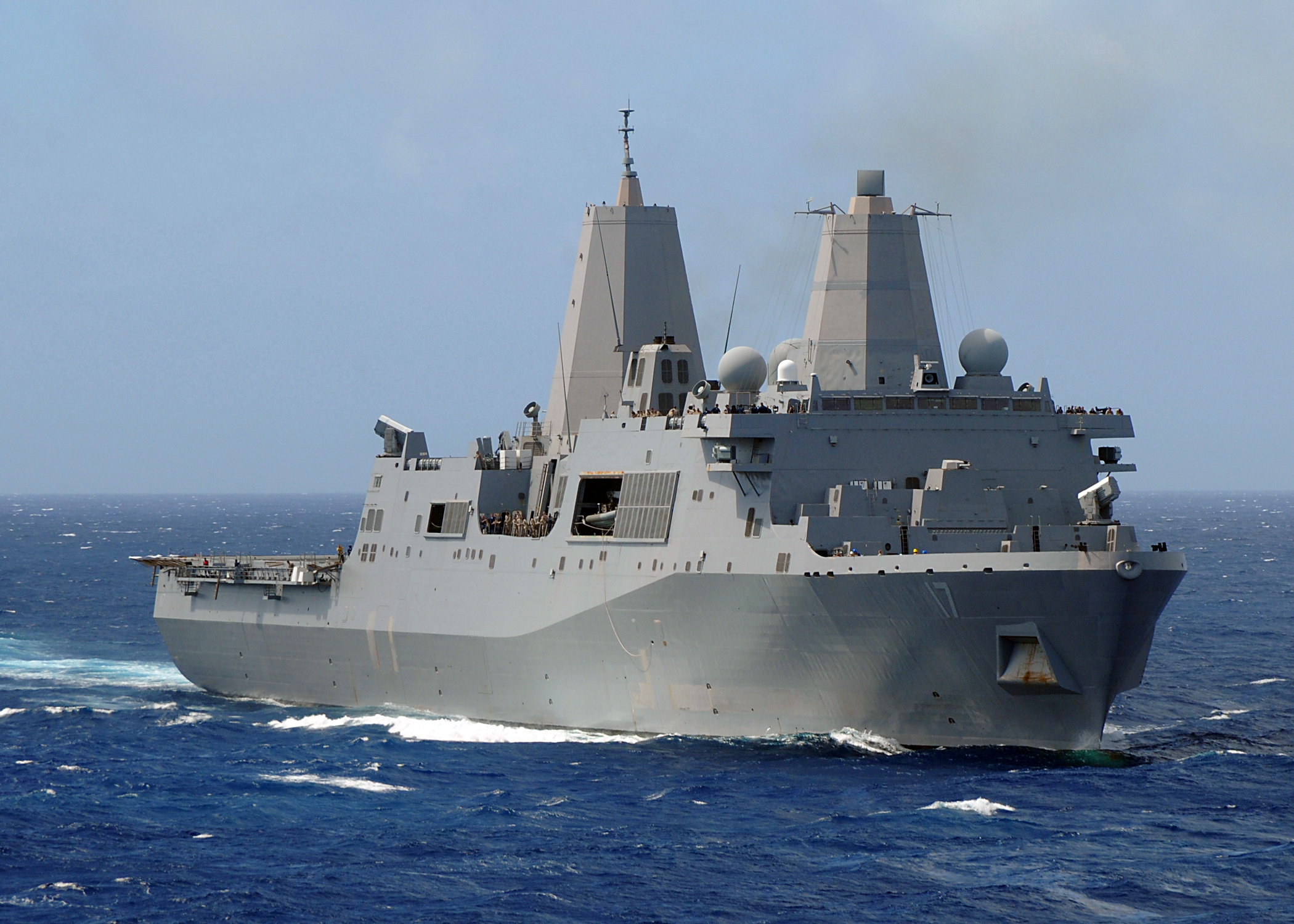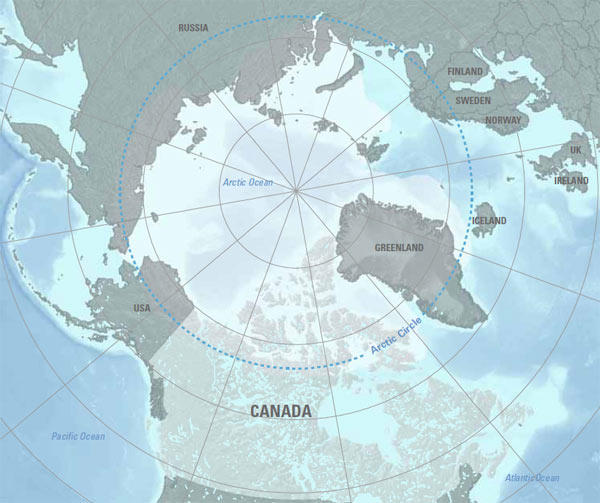[captionpix align=”left” theme=”elegant” width=”320″ imgsrc=” http://cimsec.org/wp-content/uploads/2012/06/Mohammed_Ajmal_Kasab.jpg” captiontext=”Captured Mumbai attacker Ajmal Kasab.”]
Last week the Indian government announced that it had arrested Abu Jindal, an alleged Lashkar-e-Taiba leader accused of masterminding the November 2008 terrorist attacks in Mumbai, which killed at least 160 people. His capture was the most recent of a series of arrests and trials in India, Pakistan, and the US of people involved in planning or participating in the attack. Those events spurred a major re-evaluation of India’s maritime security posture, but the efforts that India has undertaken to improve those capabilities demonstrate some of the inherent difficulties of applying the concept of Maritime Domain Awareness to missions like counter-terrorism.
Following the attack, the Indian Navy was designated as “the authority responsible for overall maritime security which includes coastal security and offshore security,” effectively relegating the Coast Guard from its primary coastal security role. Organizationally, a series of Joint Operations Centers were established with responsibility over the various coastal regions, with the intent to institutionalize information sharing between the Navy, Coast Guard, and local agencies. The Navy and Coast Guard began acquiring long and medium range surveillance aircraft and UAVs for a new “three-tier aerial surveillance grid.” The Navy also set up a new coastal security unit, the Sagar Prahari Bal (SPB), with the mission of day/night operations and “seaward anti-terrorist patrols.”
Despite these efforts, it does not seem like India’s improved maritime security framework has been successful. In 2011 the Indian Comptroller and Auditor General issued a highly critical report stating that the Coast Guard “remains ill-equipped to discharge its enhanced role and meet the challenges of today… Post 26/11, the response of ICG and government has been ‘ad hoc’ as can be witnessed by increased patrolling, increased funding, fast tracking procurements.” The most embarrasing instance was when a ship originally abandoned off the coast of Oman escaped detection by India’s new “multi-layered coastal security” system and washed ashore in Mumbai during July 2011. Even though Indian authorities claimed that patrols have increased, as of 2011 the planned Command & Control network, radars, and AIS receivers enabling them had yet to be fielded as planned. Only 250 or so of the 1000 SPB billets had been filled, and none of the planned 80 interceptor craft had been purchased.
Whether or not India’s efforts at improving Maritime Domain Awareness and inter-agency cooperation between the Navy and Coast Guard are successful, it still remains unclear how either entity would have been able to act against the attackers. It was later revealed that the US had provided warnings to the Indian government warning of a seaborne attack and that hotels were potential targets in Mumbai. It is unclear whether those warnings were disseminated to Navy or Coast Guard units at the tactical level, or whether that would have even made a difference.
According to the lone culprit captured alive after the attack, the attackers left Karachi on the ship AL HUSSEINI, and then hijacked a fishing trawler named KUBER in Indian waters. They killed all the crew but the captain, who was then killed after guiding them to Mumbai. The attacker claimed that the fishing trawler they had hijacked had been detected by an Indian Navy or Coast Guard vessel, but that Navy or Coast Guard patrol did not stop the trawler. Being detected was the event that spurred the attackers to leave the trawler and start their final movement ashore in small inflatable boats.
Assuming the story is true and the Navy or Coast Guard saw the trawler, there still is not necessarily a reason that those authorities would have had to justify them interdicting and boarding the suspect trawler. It is plausible that they could have been ordered to stop all suspect vessels, but it is not clear that the trawler full of terrorists would have met the criteria of a suspect vessel at first glance (it was just a fishing boat heading to Mumbai). Without a good description or location of the boat, how would the Indian Navy or Coast Guard target it? This instance demonstrates the difficulty of both achieving something like total Maritime Domain Awareness, and then applying that knowledge to drive successful operations.
How often did Indian intelligence and/or the various maritime security agencies get warnings of this type, and if so, would the operational result of that be instructions to interdict all vessels in a certain area? How would the boundaries of such a search area defined? How would “suspect” vessels be identified without an accurate description of the target? How long could any maritime force sustain widespread interdiction of suspect vessels? Even an unlimited number of maritime platforms and ship-tracking sensors will not make any difference in terms of differentiating the bad guys from the rest of the civilian traffic if the bad guys are able to blend in. Realistically, the only way India could have been successful in stopping the attackers would have been through actionable indicators derived from analysis or penetration of those illicit networks such as the location or description of a specific boat.
Lieutenant Commander Mark Munson is a Naval Intelligence Officer and currently serves on the OPNAV staff. He has previously served at Naval Special Warfare Group FOUR, the Office of Naval Intelligence and onboard USS ESSEX (LHD 2). The views expressed are solely those of the author and do not reflect the official viewpoints or policies of the Department of Defense or the U.S. Government.




